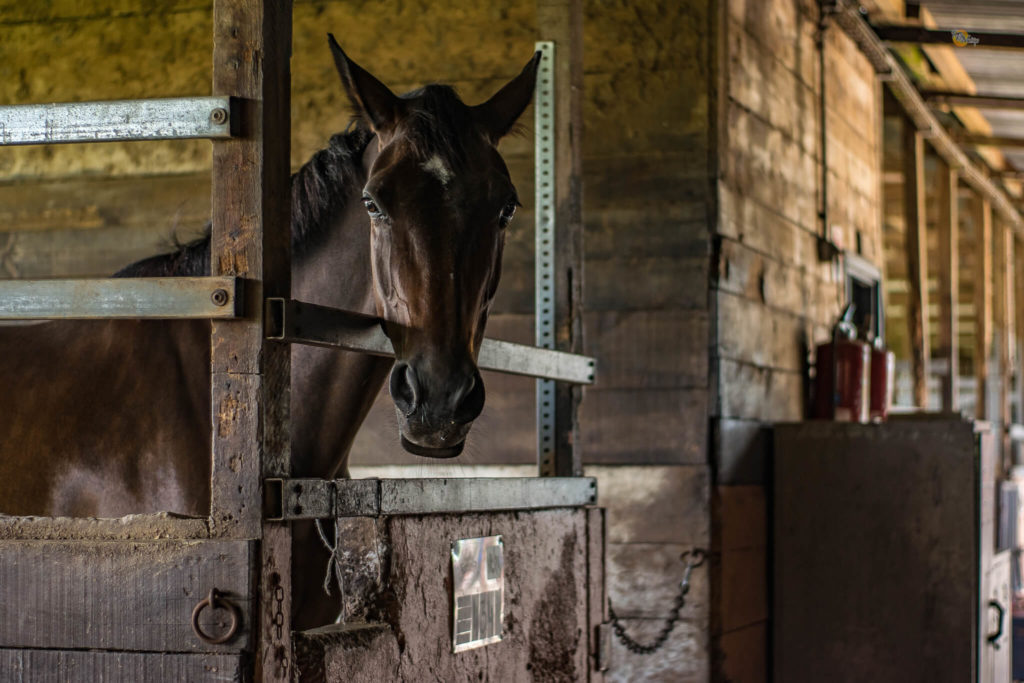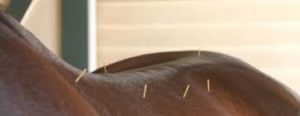Recurrent Airway Obstruction (RAO)
Recurrent airway obstruction (RAO) is a common condition in many different types of horses. It is a performance limiting problem commonly caused by an allergic respiratory response. Signs include:
– chronic cough
– nasal discharge
– increased respiratory rate (tachypnoea) and effort (dyspnoea)
Episodes of RAO are usually caused by exposure of susceptible animals to common allergens. The most common culprits are organic dusts mwhen horses are stabled, bedded on straw, and fed hay (in particular round bales). Removal of these causal agents will usually result in remission of any signs. It most commonly starts at around 9 years of age, although 12% of mature horses have some degree of allergen induced lower airway inflammation. There is no breed or gender predilection, but there does seem to be a heritable component to susceptibility.
Clinical Signs
Signs of RAO include flared nostrils, increased respiratory rate (tachypnoea), cough and if the problem has been going on for long enough then the horse can have a heave line. Breathing usually includes a prolonged, laboured expiratory phase. Usually a cough is heard when the horse is exercised or being fed. Mildly affected horses may present with minimal signs at rest but coughing and exercise intolerance are noted during increased performance.
Some horses can demonstrate signs during summer, which, usually indicates sensitivity to pollens and certain moulds and this is called summer pasture-associated obstructive pulmonary disease. Management of this is similar to RAO except with the addition of pasture avoidance.
Diagnosis
Most commonly diagnosis is made on clinical exam and history alone, routine blood samples are commonly unhelpful in this scenario, x-rays of the chest are also not commonly not beneficial. Bronchoalveolar lavage (BAL) is usually not required in horses with obvious clinical signs and can be contra-indicated in horses with breathing difficulties at rest.
Treatment
The most important aspect of treating RAO is to limit exposure to the causal agents. Medical treatment will stop the signs and symptoms but these will return as soon as it is stopped if management chenges haven’t been put in place. Medical treatment consists of a combination of drugs to open up the airways (bronchodilators) and steroids to reduce inflammation.
Recurrent Airway Obstruction (RAO) Read More »





